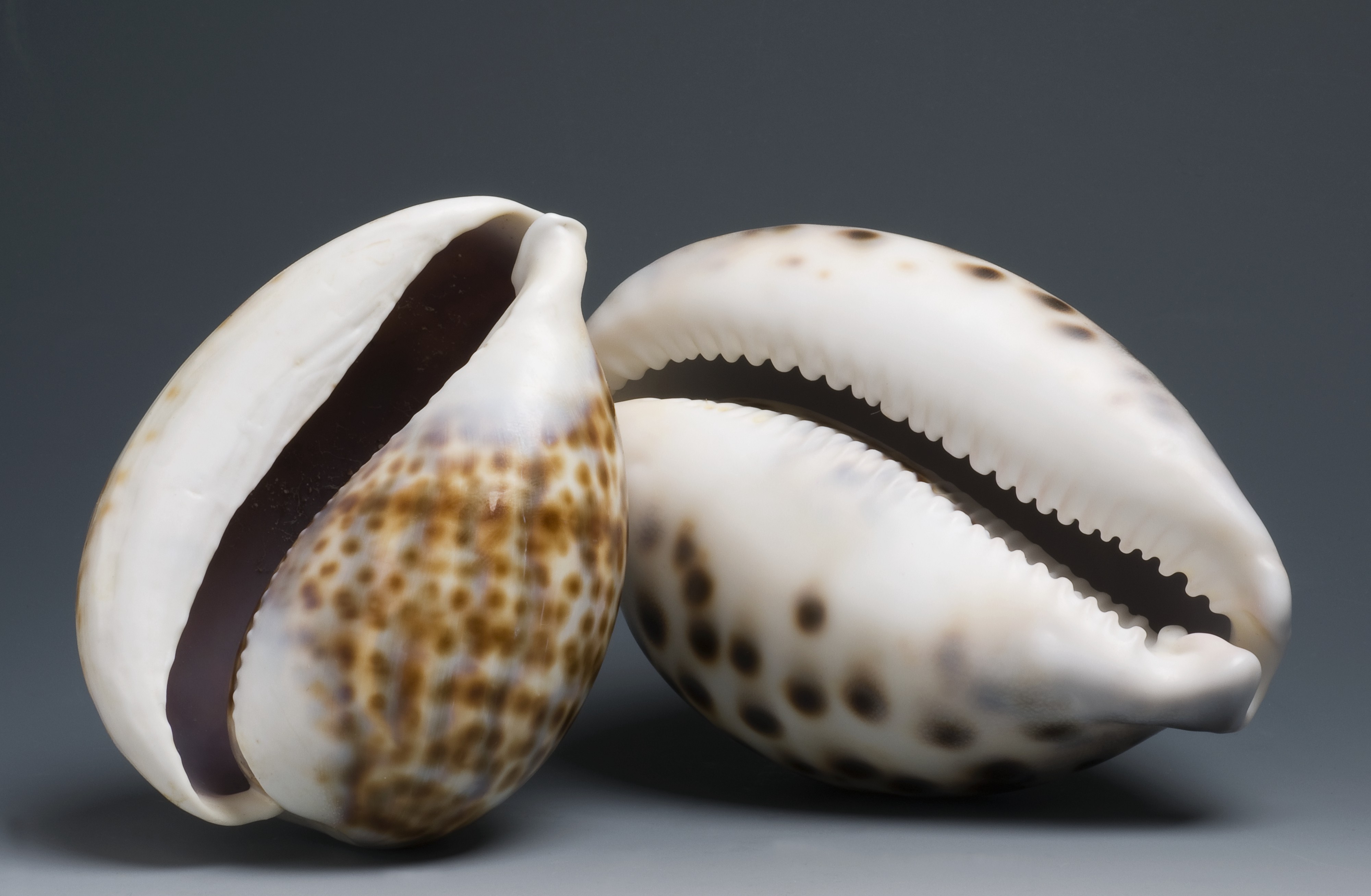It’s easy to dismiss much of modern culture as crass, insensitive, dull or even stupid. Set aside the fact that a TV commercial featuring Mathew McConaughey for the new Lincoln MKC is a 60-second full-fledged Hollywood production costing millions to create; it’s still basically a slick sales pitch directed at those aspiring towards the 1%. It’s not a far cry from McConaughey to Subway’s $4.99 over-sized meatball sandwich, for ours is the age of hucksterism: an unceasingly ubiquitous barrage of advertising coming at us from each and every direction.
All this hawking, of course, requires stuff to hawk. Accordingly, for every sales pitch there is a product or service being offered. Each passing day brings new iterations of old stuff refashioned to reflect today’s technologies, tastes and color-trends. Yesterday’s treasure rapidly metamorphoses into today’s junk, replaced by junk to be. Such is the nature of human creativity harnessed to the engine of technology and industrial production.
From our earliest days humans seemed to like stuff and find creative ways to use it. From cowry shells to obsidian, strings of bone to nuggets of gold, a combination of creativity and craftsmanship accompanies the archeological evidence of early human habitation. Even Neanderthal remains have been found carefully buried in graves, surrounded by arranged flowers and ritual objects.
Perhaps it is our primate heritage to be drawn to shiny pebbles, a function of curiosity now transformed into aesthetics. Whatever its source, what we today call “art”, both commercial and fine art, represents a collective social outpouring which dwarfs nearly every other human activity. Though the business side of western “art” represents an entirely modern dynamic, folk art and crafts of indigenous people emerge from the very same underlying creative impulses and human capacities. Color, pattern, sound, shape, image, texture and size; these and other elements are the monkey-bars of our imaginative aesthetic playground.
It may appear that our obsession with stuff is habitual and unthinking, and no doubt Mathew McConaughey is laughing all the way to the bank; but something deeper is at hand. At heart, humanity is awake — self-conscious and aware that each of us has a place in the world. Yet the mystery of self-consciousness remains exactly that: how does organic matter give rise to a sense-of-self? Sense-of-self is an undeniably subjective experience for each of us and an objective reality we accept about others, but we are offered no precise explanation of why or how self-consciousness has happened. Alongside, despite or perhaps because of this mystery we make and play with stuff.
Being awake is not some end-point of religious or esoteric spiritual discipline, but the starting point; to be awake is to be human, a prerequisite in fact. All that follows being awake – the art, the ads, the hucksterism – is adornment, ornamental cowry-shell beads to wear around our neck which confirms our sense-of-self. This recursive, self-reflexive process provides its own answer to the mystery of self-awareness: our stuff speaks for us in ways our words cannot express. As we grapple with having no explanation for either the how or why of self, our stuff is elevated to transcendent ornaments of liberation. A shiny pebble, a new Lincoln MKC – both are the same – the stuff of dreams pointing to that which we, despite our storied artfulness, cannot explain.
